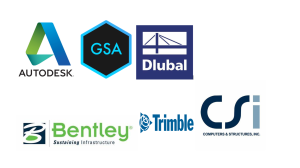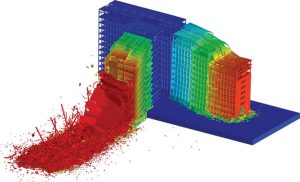
Flow Analysis in Software Development
1.Why Flow Analysis Matters More Than Ever In today’s fast-paced software landscape, the complexity of applications has grown exponentially. Modern systems integrate APIs, microservices, and AI models — creating intricate data flows that can easily conceal hidden bugs or security vulnerabilities. For organizations prioritizing code quality and cybersecurity, flow analysis





